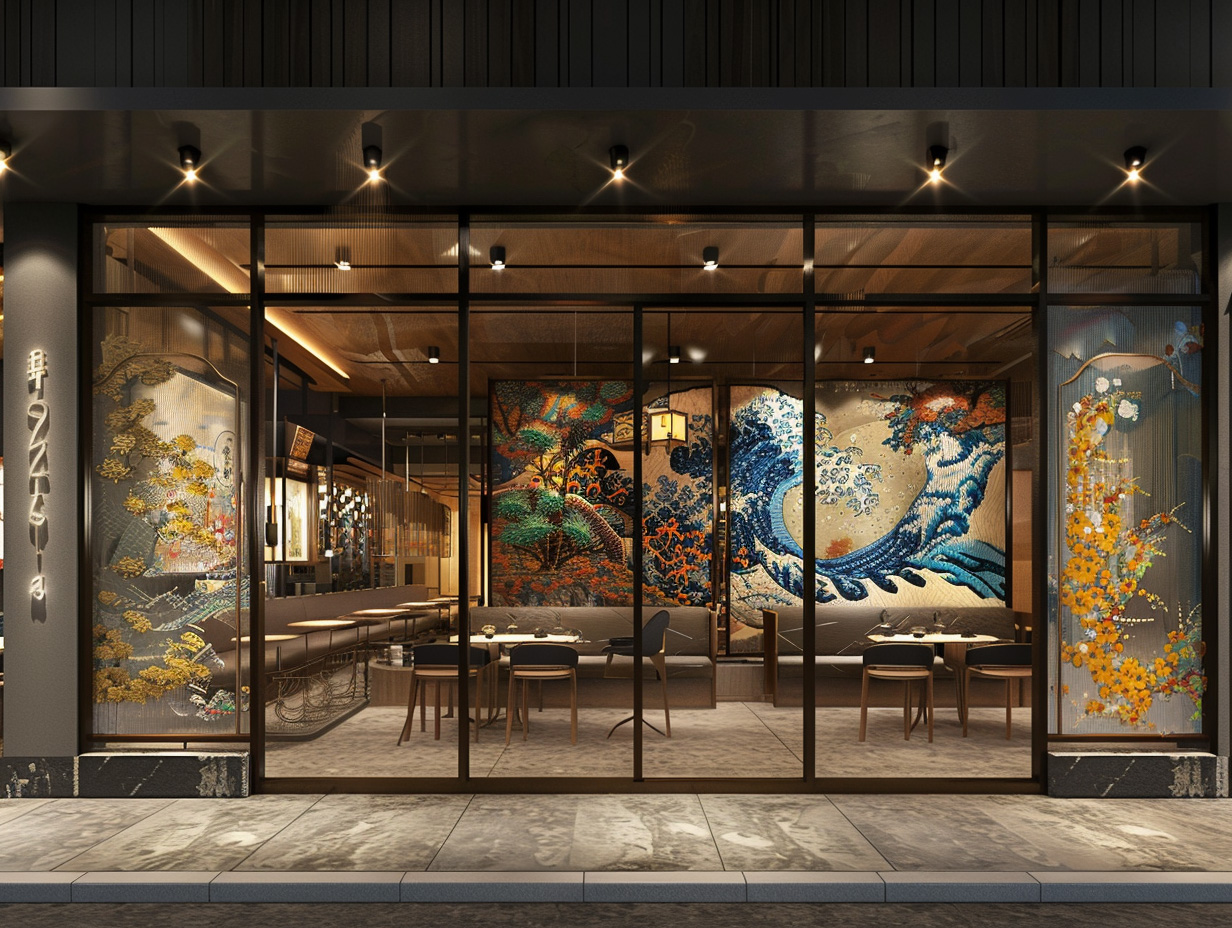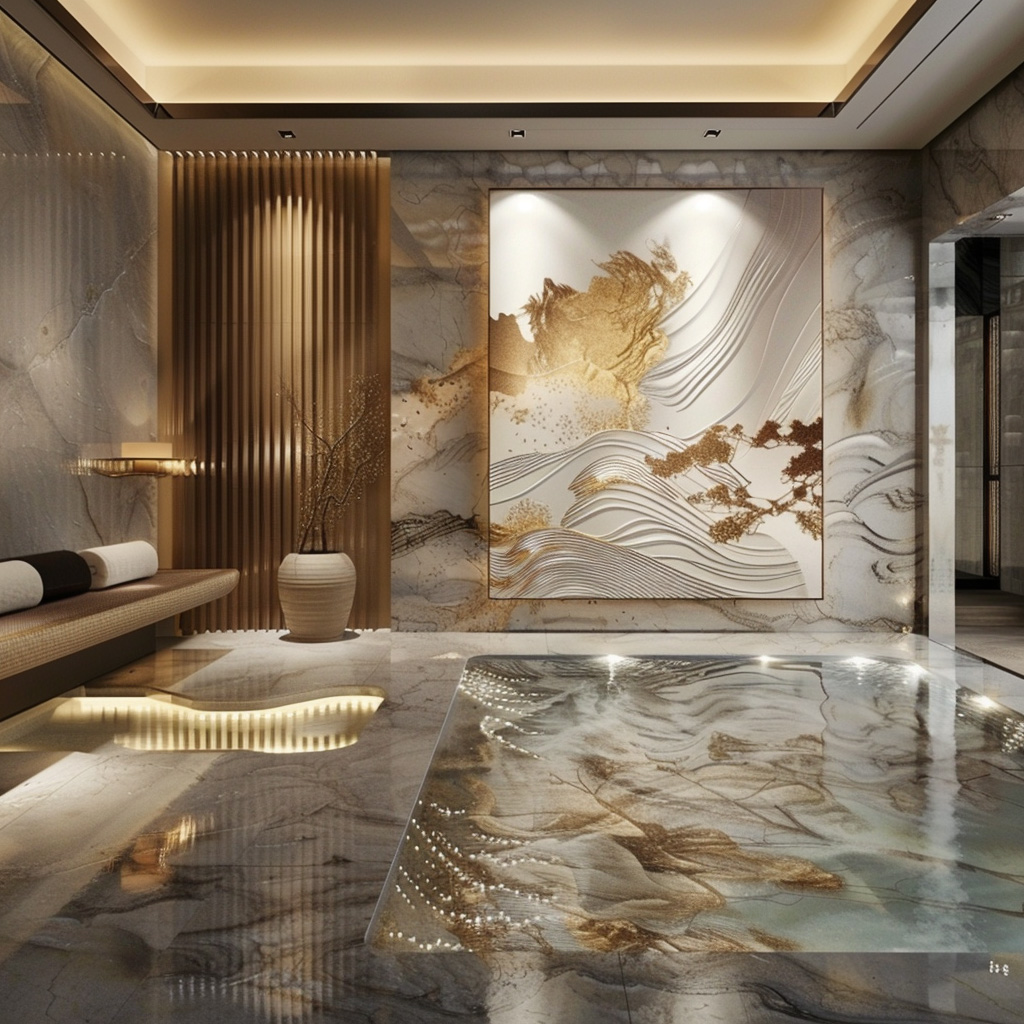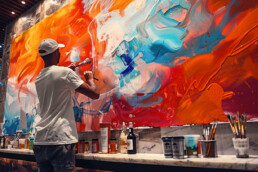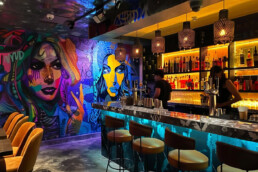Imagine strolling through the vibrant streets adorned with colorful murals and intricate designs, each telling a unique story that captivates not just the eyes but the very essence of brand identity itself. In this blog post, we delve deep into the captivating realm where art meets commerce, exploring how graffiti has become a powerful tool reshaping brand perception in Dubai’s dynamic commercial spaces. As businesses strive to leave a lasting impression on their audience, the synergy between graffiti influence and brand perception emerges as a game-changer in the realm of visual marketing. No longer confined to mere street art, graffiti has evolved into a strategic element that speaks volumes about a brand’s identity, values, and aspirations. In the competitive landscape of Dubai’s commercial arenas, where every corner vies for attention, embracing the unconventional allure of graffiti can set a brand apart, creating an immersive experience that resonates deeply with customer perception and lingers in the minds of onlookers.
 The Psychology Behind Graffiti: Impact on Consumer Behavior
The Psychology Behind Graffiti: Impact on Consumer Behavior
Graffiti has a profound impact on consumer behavior, tapping into the psychology of individuals and influencing their perceptions of brands. The vibrant and visually striking nature of graffiti captures attention and creates a sense of intrigue, drawing people towards it. This curiosity and engagement can be leveraged by brands to create a memorable experience that leaves a lasting impression.
Research has shown that the presence of graffiti in commercial spaces can evoke positive emotions in consumers. The bold colors, intricate designs, and artistic expression stimulate feelings of excitement, creativity, and even rebellion. These emotions can translate into increased brand engagement as consumers associate these positive feelings with the brand itself.
Furthermore, graffiti has the power to create a sense of authenticity and uniqueness. In an era where consumers are constantly bombarded with advertisements and marketing messages, brands that embrace graffiti as a form of unconventional branding stand out from the crowd. By incorporating street art into their visual marketing strategies, brands can communicate a sense of individuality and originality that resonates with consumers.
Unconventional Branding: Leveraging Graffiti as a Marketing Tool
Graffiti offers brands an opportunity to break free from traditional marketing methods and connect with their target audience in a more authentic way. By incorporating graffiti into their branding efforts, companies can tap into the rebellious spirit associated with street art while also showcasing their creativity.
In Dubai’s commercial spaces, where competition is fierce and brands are constantly vying for attention, leveraging graffiti as a marketing tool can be particularly effective. The city’s vibrant atmosphere provides the perfect backdrop for bold and eye-catching artwork that captures the imagination of passersby.
When done strategically, graffiti can become an integral part of a brand’s identity. By carefully selecting artists whose style aligns with the brand’s values and aesthetics, companies can create a cohesive visual language that resonates with their target audience. This synergy between graffiti and branding allows brands to communicate their personality, values, and aspirations in a visually compelling way.
 Beyond Aesthetics: Communicating Brand Values Through Graffiti
Beyond Aesthetics: Communicating Brand Values Through Graffiti
Graffiti is not just about creating visually appealing artwork; it can also serve as a powerful medium for communicating brand values. By collaborating with artists who understand the brand’s ethos, companies can use graffiti to convey messages that resonate with their target audience.
For example, a brand that prioritizes sustainability and environmental consciousness can commission an artist to create a mural that reflects these values. This not only enhances the brand’s image but also sends a clear message to consumers about its commitment to social responsibility.
Graffiti can also be used to tell stories and evoke emotions. By incorporating elements of storytelling into their artwork, brands can create a deeper connection with consumers. Whether it’s showcasing the journey of the brand or highlighting the impact it has had on people’s lives, graffiti allows brands to engage on an emotional level and foster a sense of loyalty among consumers.
Utilizing Graffiti as a Strategic Branding Tool
Graffiti is no longer confined to the streets; it has become an integral part of strategic branding efforts. Companies are increasingly recognizing its potential as a tool for creating memorable brand experiences and shaping consumer perceptions.
In Dubai’s commercial spaces, where competition is fierce and attention spans are short, utilizing graffiti strategically can help brands stand out from the crowd. By incorporating graffiti into their physical spaces or even incorporating it into their digital marketing campaigns, companies can create immersive experiences that leave a lasting impression on consumers.
Moreover, graffiti offers brands an opportunity for co-creation and collaboration. By involving local artists or engaging with the community, brands can create a sense of ownership and inclusivity. This not only enhances the brand’s image but also fosters a sense of loyalty among consumers who feel connected to the brand’s values and aspirations.
 Creating Memorable Brand Experiences through Street Art
Creating Memorable Brand Experiences through Street Art
Graffiti has the power to transform ordinary spaces into extraordinary experiences. By embracing street art as a form of visual marketing, brands can create memorable moments that resonate with consumers long after they have encountered the artwork.
Whether it’s through large-scale murals, interactive installations, or temporary pop-up exhibits, graffiti allows brands to engage with their audience in a unique and immersive way. These experiences not only create buzz and generate word-of-mouth marketing but also foster a sense of connection between the brand and its consumers.
In conclusion, graffiti has emerged as a powerful tool for shaping brand perception in Dubai’s commercial spaces. By understanding the psychology behind graffiti and leveraging its influence on consumer behavior, brands can create authentic, visually compelling experiences that communicate their values and leave a lasting impression on their target audience.
Related Posts
31 mars 2024
What Are the Benefits of Custom Graffiti for Dubai Event Spaces?
Step into a world where art meets…
31 mars 2024
How Does Graffiti Influence Customer Perception in Dubai’s F&B Venues?
Graffiti, often deemed as rebellious…
4 novembre 2023
The Impact of Graffiti Art in Dubai’s Business Environment
Discover how graffiti art is…


